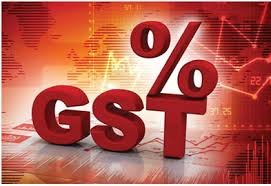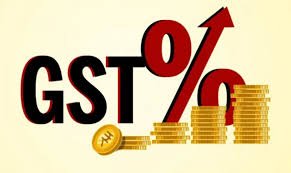Gross GST Revenue Collection in May 2024: ₹1.73 Lakh Crore; Records 10% YoY Growth
The Gross Goods and Services Tax (GST) revenue collection for May 2024 stands at an impressive ₹1.73 lakh crore, marking a significant 10% Year-on-Year (YoY) growth. This achievement reflects the resilience and stability of the Indian economy amidst various global and domestic challenges. The consistent growth in GST collections is indicative of robust economic activity across sectors despite the ongoing pandemic recovery phase.

Why this News is important:
Rising Economic Momentum The steady growth in GST revenue collection is a positive indicator of the economic momentum. It reflects increased consumption, production, and overall economic activity, which are crucial for the aspirants preparing for government exams, especially those targeting positions in finance-related sectors.
Fiscal Stability and Government Revenues For students aiming for civil service positions like the Indian Revenue Service (IRS) or finance-related roles in various government departments, understanding the dynamics of GST revenue collection is vital. It showcases the government’s fiscal stability and its ability to generate revenue, which is essential for budget allocation and funding various welfare schemes and developmental projects.
Impact on Policy Formulation The significant YoY growth in GST revenue prompts policymakers to analyze the underlying factors contributing to this uptrend. For students preparing for government exams, understanding the implications of such economic indicators on policy formulation and decision-making processes is crucial. It emphasizes the importance of economic policies in driving sustainable growth and development.
Consumer and Business Confidence The uptick in GST revenue collection reflects improved consumer and business confidence. This confidence stems from factors such as effective vaccination drives, economic reforms, and stimulus packages initiated by the government. Aspiring candidates, especially those targeting positions in banking and finance sectors, should closely monitor these indicators to gauge the overall economic health and market sentiment.
Government’s Commitment to Reforms The consistent growth in GST collections underscores the government’s commitment to structural reforms and simplification of the tax regime. This news serves as a testament to the effectiveness of policy measures aimed at enhancing tax compliance and widening the tax base. For students preparing for civil service exams, understanding the government’s reform agenda and its implications on economic growth is crucial.
Historical context:
The introduction of GST in India marked a significant milestone in indirect tax reforms. Implemented on July 1, 2017, GST replaced multiple indirect taxes levied by the central and state governments, streamlining the taxation system and promoting ease of doing business. Since its inception, GST collections have been closely monitored as a key indicator of economic performance and tax compliance.
Key Takeaways from Gross GST Revenue Collection in May 2024:
| Serial Number | Key Takeaway |
|---|---|
| 1. | Gross GST revenue collection for May 2024: ₹1.73 lakh crore |
| 2. | Records a notable 10% Year-on-Year growth |
| 3. | Reflects economic resilience amidst global challenges |
| 4. | Indicates increased economic activity across sectors |
| 5. | Highlights government’s fiscal stability and reform agenda |
Important FAQs for Students from this News
What is GST?
GST stands for Goods and Services Tax, which is an indirect tax levied on the supply of goods and services.
Why is GST revenue collection important?
GST revenue collection is crucial as it reflects the health of the economy, government’s fiscal stability, and its ability to fund various developmental projects and welfare schemes.
How is GST revenue calculated?
GST revenue is calculated based on the total value of goods and services supplied, minus input tax credits and refunds.
What factors contribute to the growth in GST revenue?
Factors such as increased consumption, production, economic reforms, and effective tax compliance measures contribute to the growth in GST revenue.
What are the implications of GST revenue growth on policymaking?
GST revenue growth influences policy formulation related to taxation, fiscal management, and economic reforms to sustain the momentum of economic growth.
Some Important Current Affairs Links















